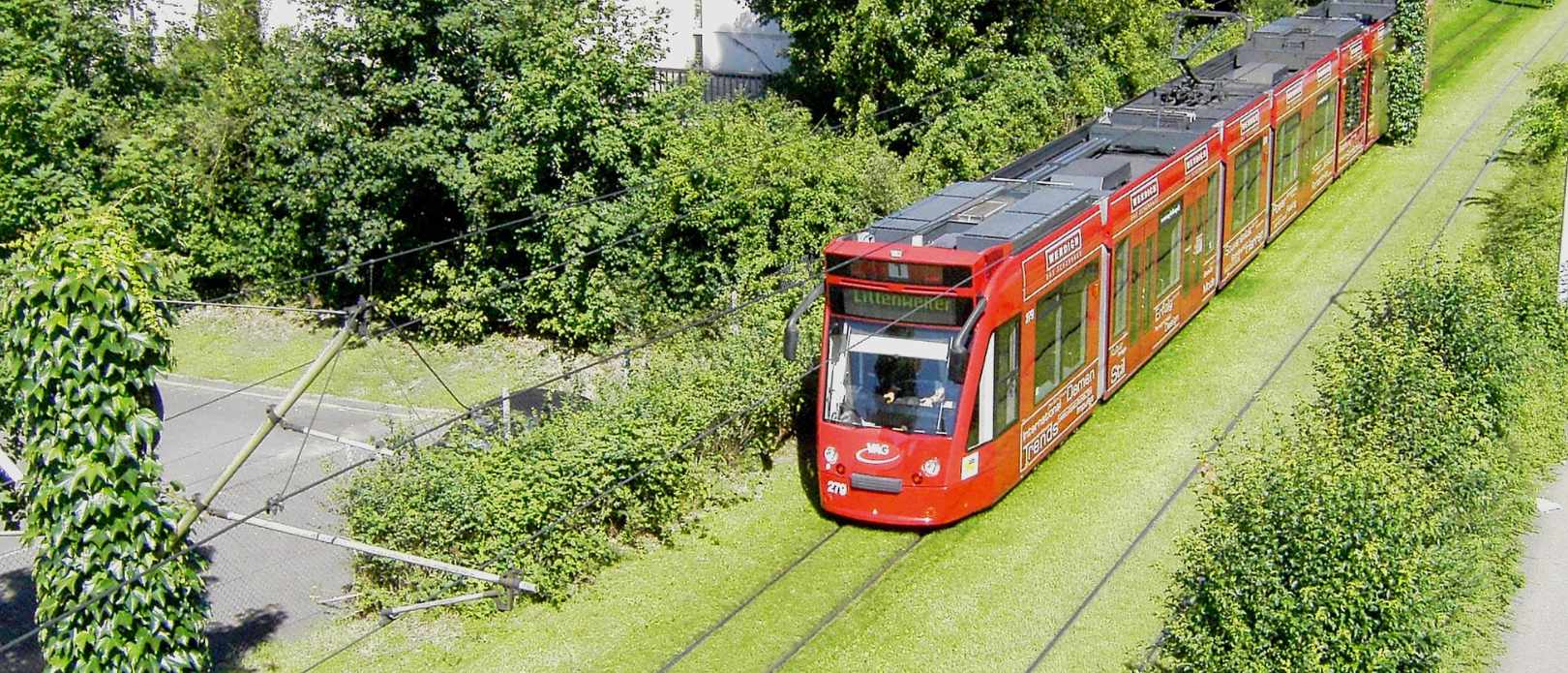Urban ecology
Working with nature is essential for making cities climate neutral

Trees along bike lanes can provide shade for cyclists and thus make cycling more attractive in the summer months. Photo: aaron90311 via Canva.
New technology itself will not be sufficient for cities to become climate neutral. Nature-based solutions are required too. That is the main result of a recent study based on satellite data from 54 European cities
- The European Union’s climate efforts are meant to be spearheaded by cities
- Nature-based solutions have multiple important roles to play for climate action in cities
- But so far, they are absent from the EU's policy documents for achieving climate neutral cities
The European Union’s climate efforts are meant to be spearheaded by cities. One hundred of them are supposed to become climate neutral by 2030. But the policy program that they follow focuses too much on technological solutions, according to a new study published in Nature Climate Change.
“Solutions that look to nature or technology alone cannot make cities climate neutral. Instead, we need combinations of both,” says Centre researcher Stephan Barthel, one of the authors of the article.
Together with Centre researcher Johan Colding and colleagues from the University of Gävle, KTH Royal Institute of Technology, and Shanghai University, they have designed a model that can determine the potential of nature-based solutions in reducing emissions in 54 European cities.
Important role of nature
Their model, which builds on satellite images and remote sensing data, can also suggest locations at which greenery could be placed for the best possible outcome.
Examples of nature-based solutions are green roofs, parks, and tree plantings along roads with heavy traffic. Nature-based solutions have the potential to reduce carbon dioxide emissions by up to 25 per cent.
This implies that technological innovations make up the main part of making cities climate neutral, but nevertheless nature-based solutions have multiple important roles to play for climate action in cities, explains Stephan Barthel:
“People stop riding their bicycles when it gets too warm. But if you plant trees along bicycle lanes, the microclimate improves, and it becomes easier to choose to travel by bike instead of by car. This way, you reduce emissions. In Southern Europe, there are many examples where such city planning has had positive effects.”
Pioneering cities
The new study shows that cities like Nicosia (Cyprus), Zaragoza (Spain), and Plovdiv (Bulgaria) can achieve carbon neutrality before 2030.
“Other pioneering cities are Amsterdam, Copenhagen, Helsinki, and Stockholm. We estimate that they could come very close to being climate neutral with the help of nature-based solutions. At least as long they follow their respective technical roadmaps for phasing out fossil fuels, says the lead author of the article, Haozhi Pan at Shanghai Jiao Tong University.
The researchers hope that the study can help nature-based solutions to get included in the European Union’s policy documents for achieving climate neutral cities.
“Today, nature-based solutions are absent from these policies. Our research shows that they are necessary for achieving climate neutral cities. In fact, oftentimes a combination of many different locally adapted green solutions and city planning is required to achieve the best possible effect,” says Stephan Barthel.
Read "Contribution of prioritized urban nature-based solutions allocation to carbon neutrality" »
Pan, H., Page, J., Shi, R., Cong, C., Cai, Z., Barthel, S., Thollander, P., Colding, J. & Kalantari, Z. 2023. Contribution of prioritized urban nature-based solutions allocation to carbon neutrality. Nature Climate Change 13, 862-870.








